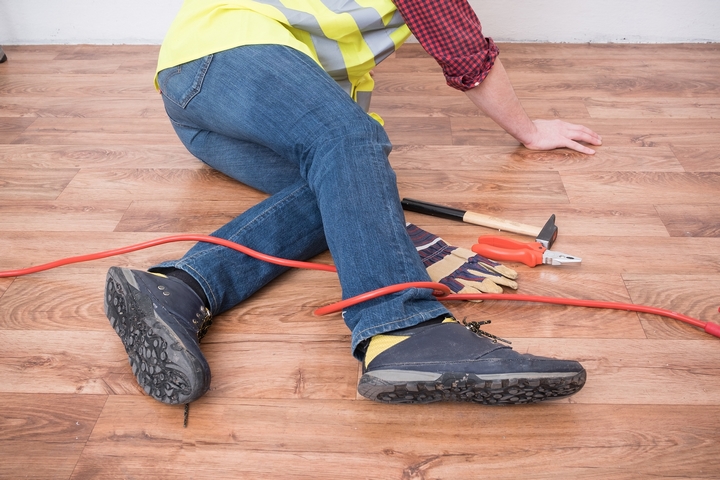
When you go to your place of employment, you expect to put in a hard day’s work and go home at the end of the day. While your job may be demanding or stressful, it should be a safe working environment.
Have you had a workplace accident? Slips, trips and falls are among the most reported types of accidents while on the job. It can lead to severe injuries and complicated lawsuits. In case of an accident, you may need to involve a slip and fall lawyer Toronto for legal representation. Hopefully, it won’t escalate to that stage as long as you prevent common trip hazards.
Knowing what to avoid is vital to keeping your workplace safe. Do you know how to spot an unsafe situation? Here are the most common trip hazards in the workplace.
Hazard #1: Wet and slippery floors
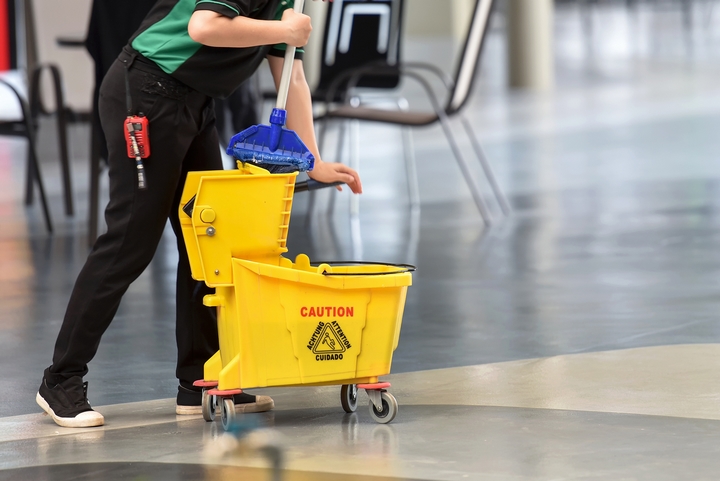
Whether you work in an office or a construction site, you are on your feet, walking around your work environment during the day. You expect the floor to be safe to walk on and are not expecting a wet surface.
Spills are usually to blame for a slippery floor, but if you work outside, it could also be wet from the rain. This becomes an instant hazard, and depending on your footwear, you could easily trip up and fall. Any standing liquid on the floor should be wiped up right away. If you can’t do it yourself, report it to your supervisor so they can get it cleaned up.
Hazard #2: Uneven floors
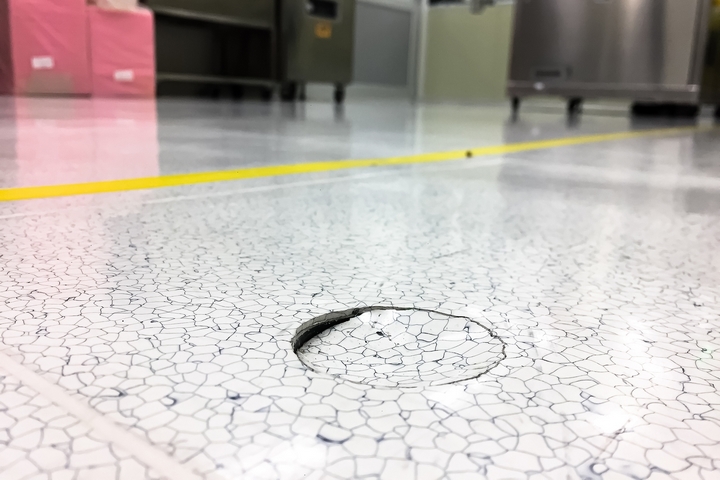
This is common on construction sites, but even in an office or warehouse, floors can change levels or be uneven. When walking along footpaths, look at where you are going and how safe the path is. If there are any drastic elevation changes, there should be a ramp or step provided to transition from one area to another.
Sometimes during office renovations, uneven floors may pose a potential threat. Ensure all hazards are clearly marked or temporarily fixed to prevent any accidents.
Hazard #3: Clutter
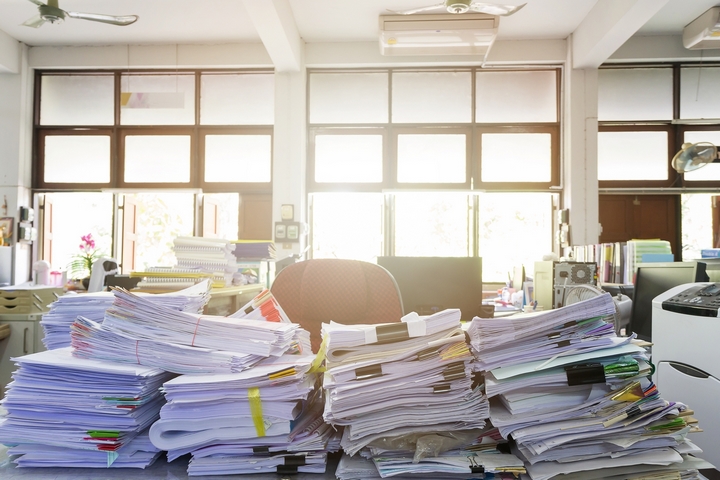
When busy at work, we can put things in the way of walking traffic. It could only be for a minute, but it is a hazard that poses a danger. Taking care of your work area is a must, but you should also look for other places people walk to see if there are any dangers.
These obstacles cause people to move around them to avoid contact or even make direct contact with them, and they could trip and injure themselves. Tools and materials should be kept well organized and out of the way while working, so everyone is safe.
Hazard #4: Cables and cords
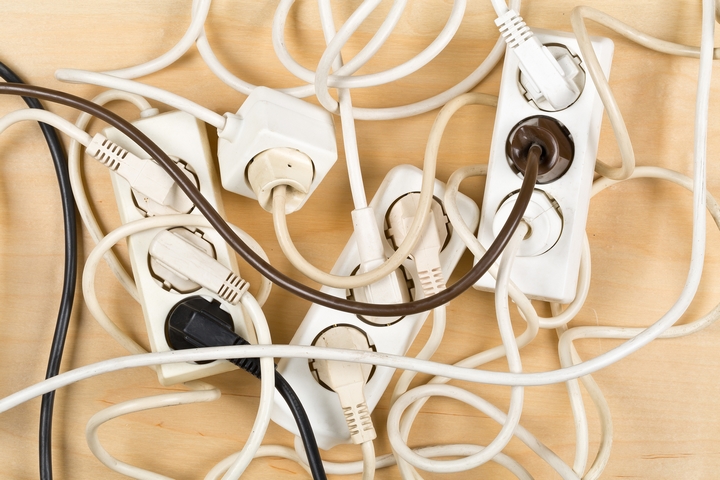
A construction site is full of power tools running non-stop, which means electrical cables to power them. This creates a lot of trip hazards through the site, so workers need to be careful while walking through different areas. The same goes for all workplaces. Even in offices, power cords run from electronics like:
- Desktop computers
- Printers
- Laptops
- Lights
- Scanners
Some office environments are tight, and equipment gets moved during the day, so ensure all cables and cords are safely routed away from walking areas.
Hazard #5: Floor Mats
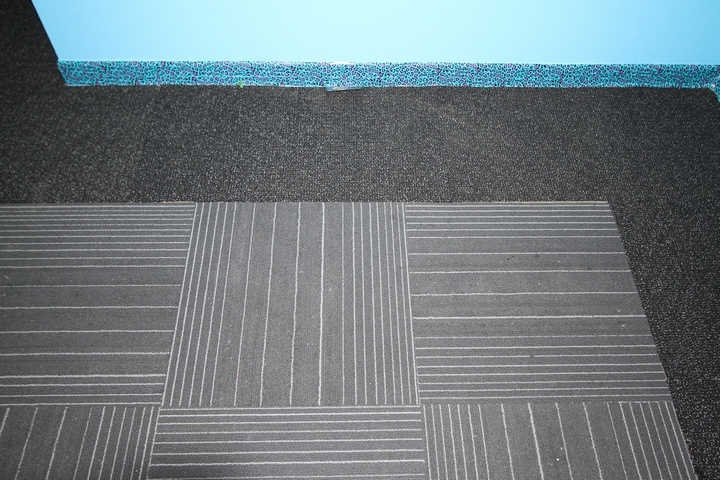
In an office or commercial space, floor mats are used to provide walking paths and keep areas clean. This directed traffic flow needs to be secure, so it doesn’t become a hazard. A trip from a floor mat usually occurs because it is flipped up at the end or a raised area catches your feet.
If the floor underneath is slippery, it can cause the mat to easily shift while walking on it too. Always keep floor mats dry and flat on the floor, especially in front of doors and entryways. Consider buying a non-skid rug or mat to protect workers.
Hazard #6: Stairways
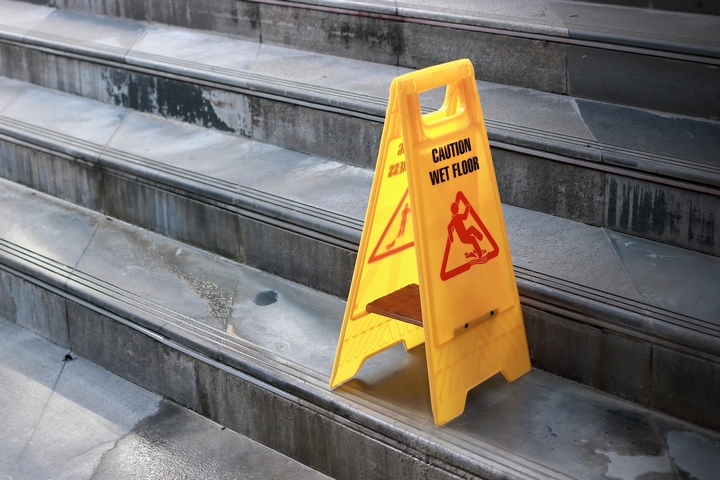
This is another area where trips often occur. Walking up and down a set of stairs can be a challenge if you are in a hurry or carrying something, and if there is any debris on the steps, you may have a fall. Always check the stairs before walking on them.
Report any clutter and if you see a broken step, block off access and report it. When walking up and down stairs, use the handrails if you need to. They are there for balance and your safety in mind. When you have a trip from a stairwell, it could easily turn into a time-loss accident.
Hazard #7: Obstructions
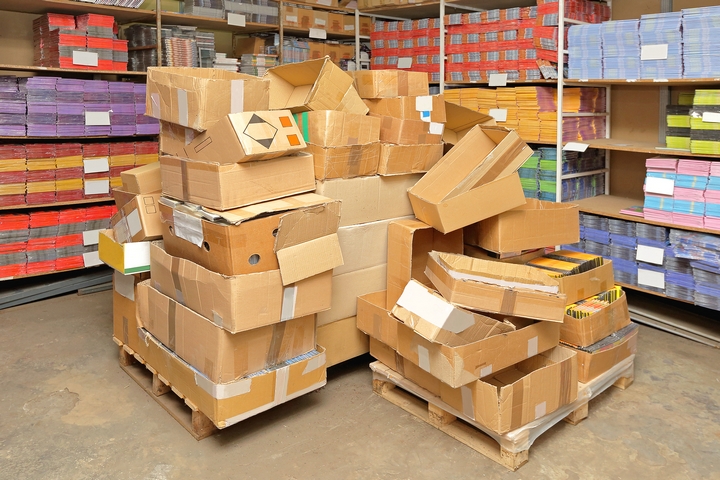
Building designs vary according to to use and need. While you may think that the worker is a priority in building design, the truth is that buildings are constructed for efficiency and production potential. Some codes have to be followed for safety, but a lot of times, there are hazardous obstructions that we all must navigate around. These could be floor plugs, narrow steps, or temporary walkways during renovations and all of these cause a potential tripping hazard if we aren’t careful.
Any temporary or permanent obstruction should be identified through signage. This way, the company has made an effort to keep people safe. Workers must follow directions, pay attention to any floor hazard when they come to it, and be mindful of their safety.
Unfortunately, tripping accidents happen all the time, but by understanding the hazards, you are better prepared to avoid injuries while on the job. Keep safe while you trade time for money at work, and then you can enjoy the rest of your day injury free.
